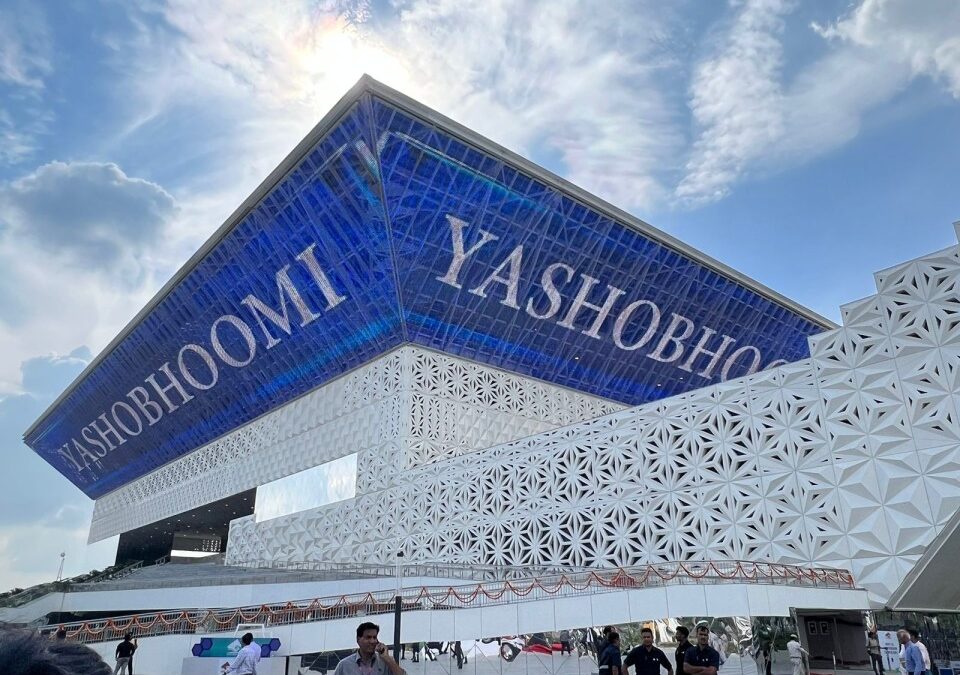In the realm of global event hosting, innovation meets excellence at Yashobhoomi, the crown jewel of the India International Convention and Expo Centre (IICC) in Dwarka, New Delhi. With its grand inauguration on September 17, 2023, Yashobhoomi sets a new standard, seamlessly blending visionary architecture with cutting-edge technology. Designed by the acclaimed CP Kukreja Architects, IDOM, and ARCOP Associates, Yashobhoomi stands as a testament to contemporary architectural brilliance. Sprawling over 73,000 square meters, it boasts 15 convention rooms, including a main auditorium and a grand ballroom, capable of accommodating up to 11,000 delegates.
Why Window Techs Fire Curtains
Window Tech, a leader in fire safety solutions, proudly contributes to this architectural marvel with its state-of-the-art fire curtains, ensuring safety without compromising aesthetics. However, what truly sets Yashobhoomi apart is its Exhibition Hall, where Window Techs fire curtains play a crucial role in enhancing safety measures.
The Exhibition Hall comprises two vast halls, each divided into four quadrants. Here, Window Techs fire curtains, with their unprecedented size and efficiency, ensure the safety of occupants and protection of valuable assets. With curtains reaching up to 20 meters in height and spanning 50 meters in width, Yashobhoomi’s fire curtains are a marvel of engineering prowess.
Challenges and Solutions
Window Techs involvement in Yashobhoomi’s fire safety system posed several challenges, each expertly addressed with ingenuity and precision:
Unprecedented Height Challenge: Installing a 20-meter high curtain presented a unique challenge, requiring innovative solutions and meticulous retesting to ensure optimal functionality.
Grouping Complexity: Managing multiple curtain groups demanded careful planning and execution, a task flawlessly accomplished by Window Techs team of experts.
No Gaps, All Heights: Ensuring seamless integration of curtains with varying heights was paramount. Window Techs precision in design and installation ensured a perfect fit, leaving no room for compromise.
Risky Heights, Safe Execution: Working above the main truss posed inherent risks, but Window Techs commitment to safety resulted in a flawless execution without compromising on the well-being of workers or visitors.
Conclusion
For Window Tech, these challenges were not obstacles but opportunities to showcase their commitment to safety and innovation. As Yashobhoomi continues to captivate the world with its grandeur and sophistication, Window Tech remains dedicated to providing cutting-edge fire safety solutions that protect lives and property, ensuring that every event hosted within its magnificent halls is not only memorable but also safe and secure.
